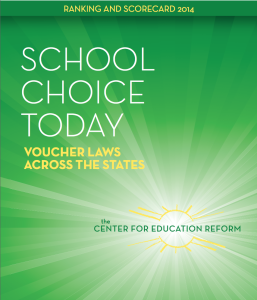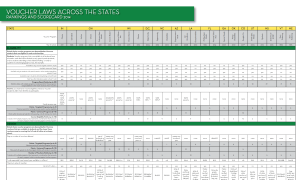Changing for cache. With a true change.
Lorem ipsum dolor sit amet, consectetur adipiscing elit. Suspendisse tincidunt lacus vitae purus posuere posuere. Suspendisse sagittis mauris ut tortor dictum posuere. Sed quam libero, semper in velit non, ullamcorper rhoncus nisl. Suspendisse congue, nunc et tempus rutrum, lacus tellus sagittis eros, id scelerisque odio risus eu diam. Sed aliquam dolor convallis facilisis rhoncus. Duis eu odio in augue tempus tincidunt blandit nec arcu. In erat dolor, rutrum vitae malesuada nec, malesuada nec augue. Sed congue vitae sem sit amet auctor. Cras enim nulla, ornare a orci eget, viverra maximus turpis. Nulla in fringilla nisi.
Sed porttitor posuere lorem eu malesuada. Nullam quis porta mauris. Nullam enim orci, varius vitae leo vel, rhoncus interdum ante. Etiam semper quis risus et tempor. Mauris non lacinia nisi. Pellentesque et lorem at sapien sollicitudin ultricies. Donec vestibulum turpis lorem, dapibus dictum augue aliquet at. Morbi pulvinar eros id varius lobortis. Praesent tincidunt vehicula mi, consectetur ultricies risus laoreet vitae. Curabitur vel cursus diam, ut aliquam nisl. Morbi vitae massa nec nulla iaculis posuere. Suspendisse sed est lectus. Phasellus leo ante, egestas sollicitudin dignissim porttitor, iaculis a tortor. Aenean fermentum libero sit amet consequat hendrerit. Quisque luctus tincidunt lacus, quis porttitor purus venenatis efficitur. Vivamus at ante mi.












